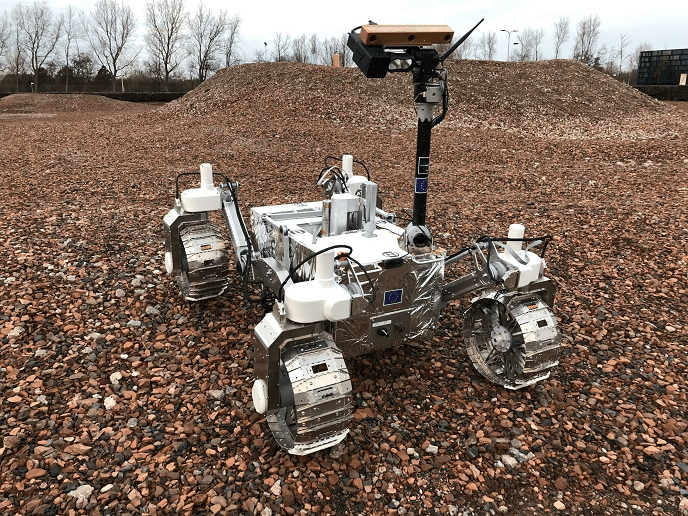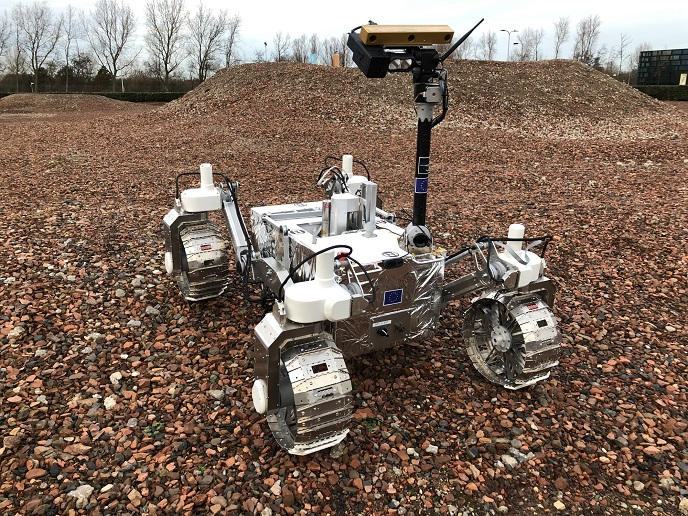
Mobility Rover for Landlocked Communities
Why this project: To construct a vehicle that can reach communities that lack road access or healthcare so that both medical staff and necessary supplies can get to the areas that need them the most.
Created and visualized a rover to go over rough, hill-like terrains and carry local people the materials they need to survive.
Did extensive research and identified materials which are both durable and cost-effective to provide maximum resistance.
Constructed the mechanical stability systems for secure travel over difficult grounds
Designed test plans of the conditions that would be encountered in the field to confirm the feasibility of the vehicle in real life.
Impact: Made it possible to take medical attention, electricity, hygiene, and food to the less favored areas in a quicker way.
Keep space for photos of the Model (Sketches, Model Drawing, 3D Printed Model).






